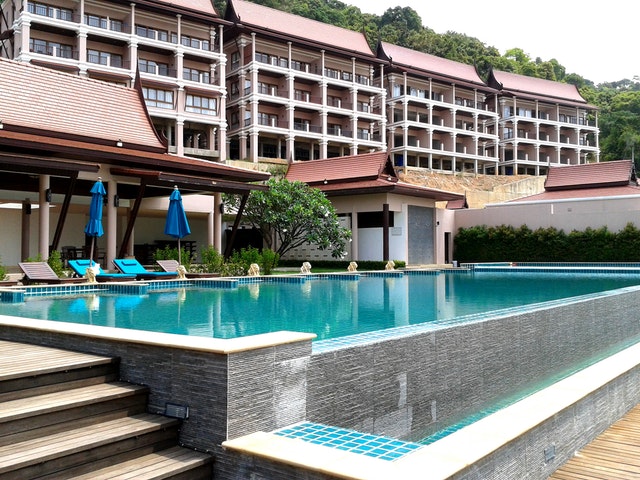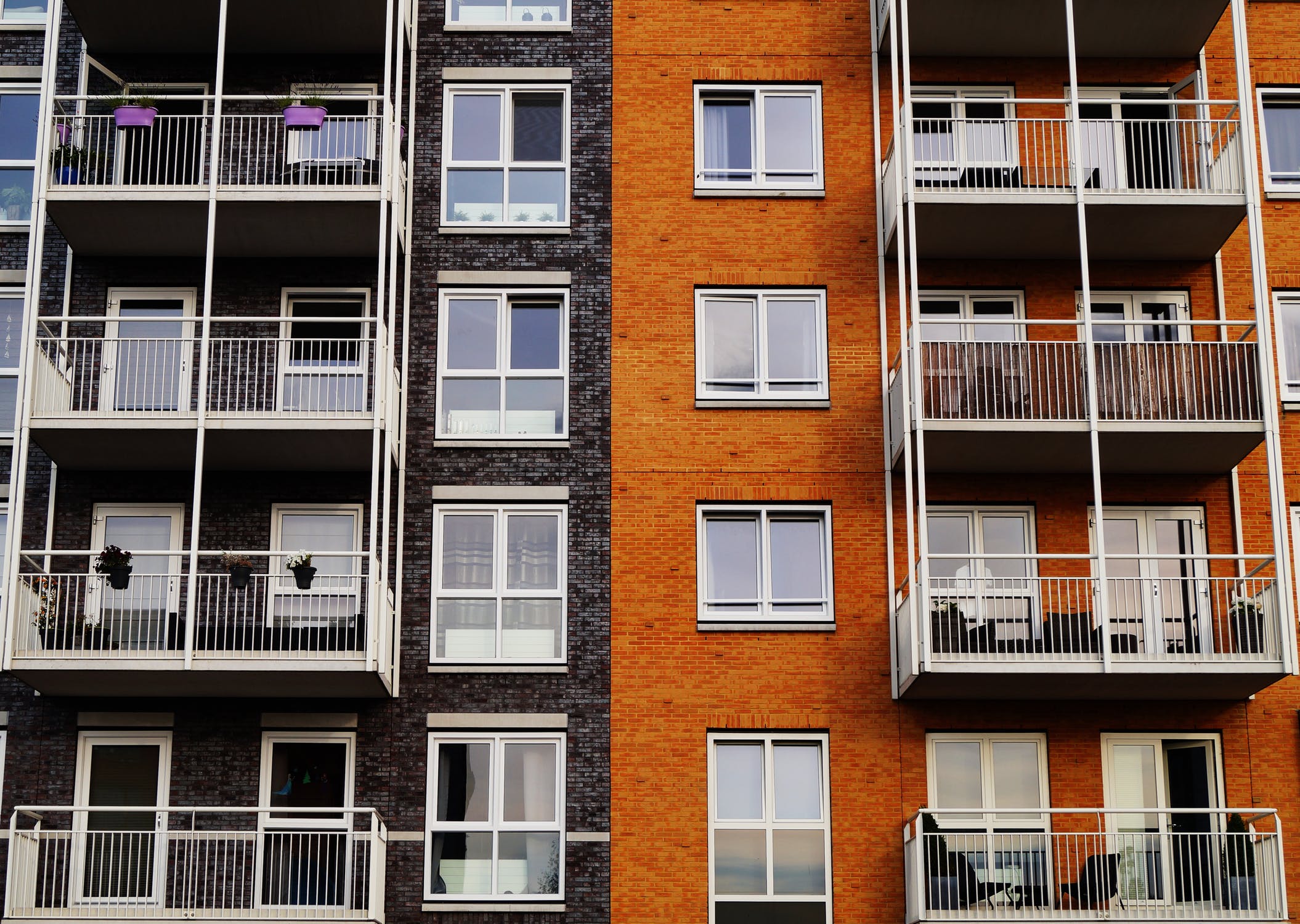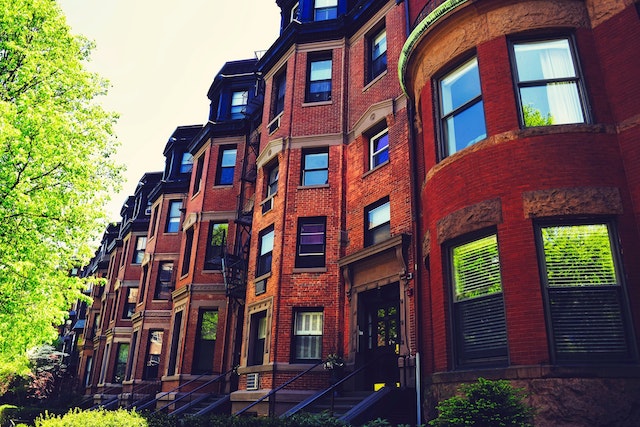Americans are growing older, but they are not going away. Far from being consigned to nursing homes and retirement communities, those age 55 and older have in recent years shown a desire to be where the action is, and will want that again, after the coronavirus pandemic subsides.
They want a connection, not only with each other, but those in other generations. And that is something multifamily developers and managers would do well to keep in mind in the years ahead.
Every metric reflects the so-called “Silver Tsunami” that is hitting the U.S. Even the youngest Baby Boomers (i.e, those born between 1946 and 1964) will turn 56 in 2020, and by 2030 nearly 39 million Americans will be between the ages of 65 and 74. That’s one of every five U.S. citizens, up from one in seven today. By 2035, one in three households will be headed by someone 65 or older. By 2050, the number of people in the U.S. that age or above will double.
Aging in place has become commonplace, as has downsizing to a rental property. A 2014 study by the Joint Center of Housing Studies at Harvard University found that over 33 percent of older renters occupied attached single family homes or units in smaller apartment buildings (i.e., those consisting of 10 units or fewer), and more recent numbers reflect just how dramatic the downsizing trend has become.
More people 55 and over became renters between 2007 and 2017 than any other age group. There was a 38 percent bump in renters of that age, and a whopping 65 percent spike among those 65 and older, according to U.S. Census Bureau data. For those under 54, the increase was only 10 percent.
That being the case, multifamily owners and managers would do well to make certain accommodations, like incorporating wider hallways, no-skid flooring and bathroom handrails into the design of their properties. But as always, location is the biggest consideration. Those 55 and over still want a place that is in a safe, walkable area. They still want access to shops, entertainment and culture. They still crave relationships with those in other age groups.
In short, they don’t want to be put out to pasture. They want to remain part of an active, vibrant community. That is why properties like Centrum, a 12-story, 101-unit building in the Chicago suburb of Evanston, Ill., are very much in play for folks of this age. It has all the amenities renters find appealing — common areas, exercise rooms, etc. — but the biggest thing it offers is convenience, to nearby shops and restaurants, as well as the Windy City beyond.
And that figures to remain the trend, as the Silver Tsunami continues.
“The idea is that you can come live here and define your last hurrah,” Centrum developer Michael McLean told Curbed.com. “You were young, raised a family, retired, but you still have one more piece of your story left. Let’s get after it.”
That is something all multifamily developers would do well to keep in mind.





